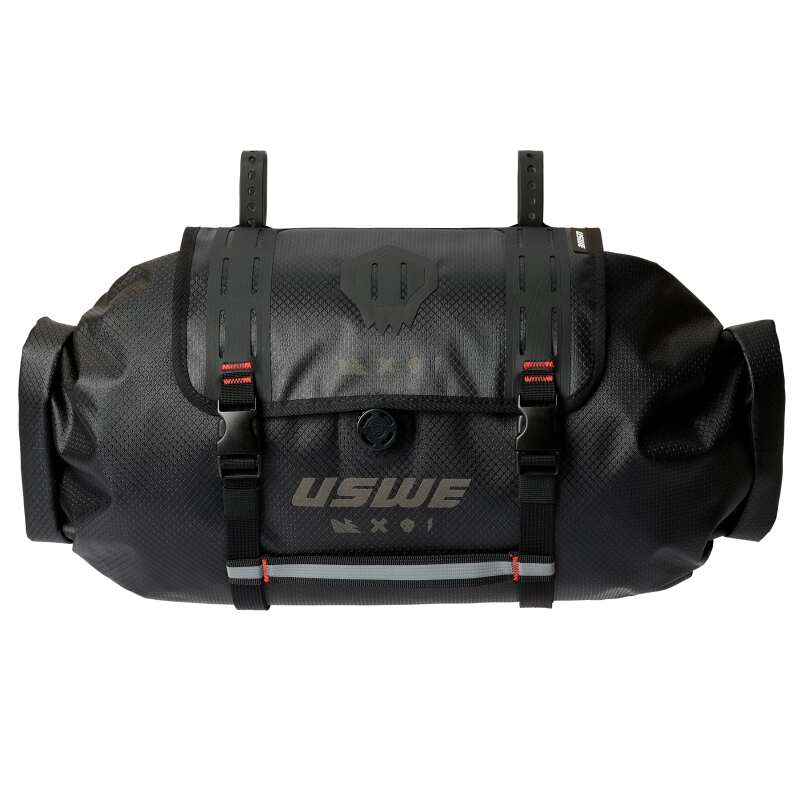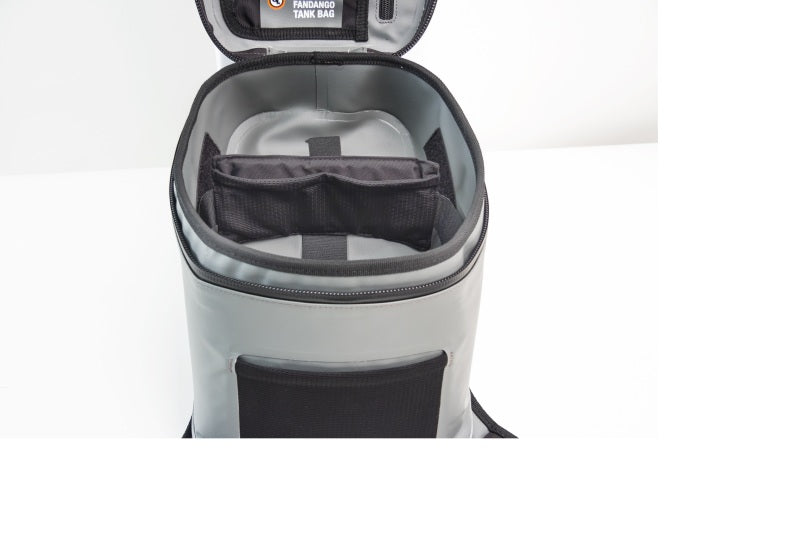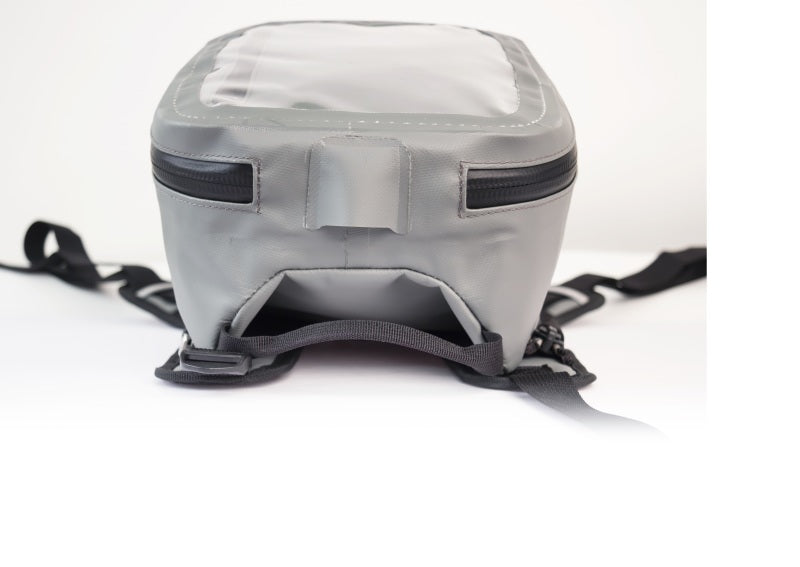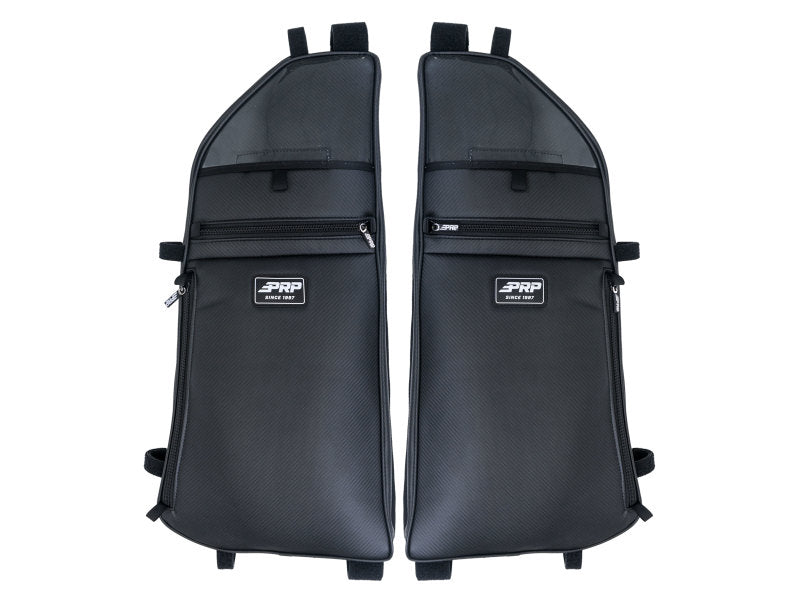Your car’s bounce-control system needs regular care to keep your ride safe and smooth. The main parts - springs, shock absorbers, struts, arm links, and balance bars - all work as a team to keep your car steady and tires firmly on the road. Watch out for warning signs like odd noises, too much bouncing after bumps, worn-down tires, or steering that feels wrong. Basic upkeep means checking these parts every 12,000-12,500 miles, making sure tires have the right air pressure, and looking for leaks or broken parts. While you can do some checks at home, bigger problems need a trained mechanic with special tools. Knowing these basics helps you learn more about taking care of your car's ride.
Key Takeaways
- Regular inspection of springs, shock absorbers, and struts every 12,500 miles prevents costly repairs and ensures optimal performance.
- Check for warning signs like clunking noises, excessive bouncing, uneven tire wear, and fluid leaks under shocks.
- Maintain proper tire pressure and alignment while avoiding vehicle overload to extend suspension component lifespan.
- Basic DIY maintenance includes visual inspections and tire pressure checks, while complex issues require professional service.
- Clean the undercarriage regularly and drive carefully on rough roads to prevent premature suspension system wear.
Understanding Your Car's Suspension System
Your car's suspension system does much more than just give you a smooth ride, despite what many people think. This vital system works hard to keep your car stable and under control while you drive.
Think of your suspension as a guardian that soaks up bumps from the road, keeps your tires firmly planted on the ground, and helps your car stay steady in all kinds of driving situations. Professional lift kits can enhance your suspension system's performance for an even smoother driving experience.
When you turn corners or hit the brakes, the suspension really shows its worth, but it's always working to help your tires grip the road better. This network of parts also protects your car by stopping road bumps and jolts from damaging other parts of your vehicle. The system relies heavily on springs and shock absorbers to maintain vehicle stability and passenger comfort.
When you know how your suspension works, you can better understand why taking care of it matters for safe driving, better handling, and making your car last longer.
Essential Suspension Components
A good suspension system needs four main groups of parts that work together to help a car drive smoothly and stay under control. These parts include different kinds of springs - coil springs, leaf springs, and twist bars - which hold up the car's weight and soak up bumps. Shock absorbers keep the springs from bouncing too much, while struts do both jobs at once. The system uses control arms, ball joints, and tie rods to keep wheels in the right spot, while parts like sway bars and rubber bushings stop the car body from swaying and shaking too much. All these connected parts need regular checkups to work their best. The structural integrity provided by the chassis helps mount and support all suspension components properly. Using top-quality parts ensures optimal performance and longevity of your suspension system.
|
Component Group |
Main Job |
|
Springs |
Holds weight and soaks up bumps |
|
Shock/Struts |
Controls bounce |
|
Control/Steering |
Keeps wheels pointed right |
|
Stabilizers |
Keeps car from leaning too much |
Signs of Suspension Problems
Bad suspension can show clear warning signs that drivers need to watch for. When you hear clunking noises as your car hits bumps, it often means worn-out parts or broken springs. Most suspension systems last about 70,000 miles before needing replacement.
Watch out for signs like your car bouncing too much, tires wearing down unevenly, or oily spots under your shocks. Just like using quality motor oil helps protect your engine, proper suspension maintenance keeps your ride smooth.
The way your car handles can tell you a lot about suspension problems. If your steering wheel shakes, your car pulls to one side, or the front dips too much when you brake, something's wrong with your suspension.
Keep an eye on whether your car sits level, if it's hard to steer, or if it bounces more than usual.
When you spot these signs, get your car checked right away to avoid bigger problems and stay safe on the road.
Routine Inspection Checklist
Suspension system checkups should follow a complete list covering four main parts: outside condition, engine area parts, under-vehicle checks, and arm connections. Regular checks help catch problems early and show when parts need replacing. Shock absorber fluid leakage indicates a critical problem requiring immediate attention. Professional-grade brake components ensure reliable stopping power for safer driving.
|
Check Area |
Main Parts |
What to Look For |
|
Outside |
Tire Air, Car Height |
Even Standing, Push Test |
|
Engine Area |
Steering System |
Oil Level, Belt Fit |
|
Under Car |
Joint Balls, Springs |
Worn Spots, Leaks |
|
Support Arms |
Rubber Parts, Balance Bar |
Strong Mounts, Free Play |
The check must look at each part step by step, starting with basic outside tests and moving to detailed under-car work. Watch closely for worn spots in joint balls, rubber parts in support arms, and any leaks from shock parts or supports.
Common Suspension Wear Points
Common wear spots in your car's suspension show up in certain places that mechanics know to check. Keeping an eye on these spots helps catch problems early and keeps your suspension working well.
Watch out for leaking fluid from shock absorbers and listen for clunking sounds from struts when going over bumps. When ball joints and control arms start to wear out, they often make squeaking or creaking sounds.
- Look for oil or fluid dripping from shock absorbers
- Poor wheel alignment makes bushings and joints wear out faster
- Heavy loads can weaken springs and damage shocks
- Rain, snow, and road salt can rust and break suspension parts
Checking these spots often helps catch small problems before they turn into big ones.
When you spot wear early, you can fix specific parts instead of replacing the whole suspension system.
Maintaining Proper Wheel Alignment
Wheel alignment plays a key role in keeping your car safe and running well. When wheels are out of line, you might notice your car pulling to one side, worn-out tires, or a steering wheel that's not straight. Keeping your tires properly filled with air and driving carefully helps keep your wheels in line longer.
Getting your wheels aligned needs special tools and skilled mechanics who check three main things: the wheel's tilt, the way wheels point, and how high the car sits. When these are set right, your car's weight spreads evenly, rolls smoothly, and uses less gas.
You should get your wheels checked every 10,000 km, when you put on new tires, or after fixing suspension parts.
Cars with wheels that move on their own need all four wheels aligned, while trucks with fixed back axles usually need just the front two done. Good alignment makes your tires last longer, helps your car handle better, and keeps it moving the way you expect it to.
Shock Absorber Care Tips
Taking care of your car's shock absorbers helps keep your ride safe and smooth. Check them often to make sure they work well and last longer. Look out for signs of trouble, keep them clean, and fix problems quickly.
- Look for oil leaks around seals and any broken or bent parts.
- Clean the shocks with safe cleaners, but don't spray water directly at the seals.
- Watch how your car moves - too much bouncing or shaking means trouble.
- Check if shocks move up and down smoothly when pushed.
If you find worn or broken shocks, replace them right away to stay safe on the road.
For special types of shock absorbers, you can ask experts to fix them by putting in fresh oil and new seals.
When to Replace Springs
Your car's springs need watching and should be replaced when they start to fail, helping keep your ride smooth and safe. Watch for warning signs like tires wearing unevenly, too much up-and-down movement, and rust spots. Springs usually last between 80,000 and 100,000 miles, but how and where you drive affects this.
|
Problem |
What to Do |
|
Uneven Tires |
Look at springs, check wheel alignment |
|
Too Much Bouncing |
Test if springs are good |
|
Odd Noises |
Check springs and rubber parts |
|
Car Pulls to One Side |
Look at spring height |
Check your springs every 12,500 miles to catch problems early. If you drive off-road or carry heavy loads often, check them more often. Keep your tires filled right and don't overload your car to help springs last longer. When you spot signs of wear, have a mechanic take a look.
Professional Vs DIY Maintenance
Regular car owners face a key choice: fix suspension problems themselves or take their car to a shop. While you can check some basic things at home, tricky suspension issues need a trained mechanic to spot and fix correctly.
Car shops have the right tools and know-how that most people don't have at home. Trying to fix complex suspension problems yourself can be risky if you lack training or proper tools, and might make your car unsafe.
- Mechanics can spot problems early with their testing equipment
- Their special alignment machines make sure everything lines up perfectly
- Many repairs need tools that only shops have
- Getting work done at a shop comes with warranties that protect you
While car owners can handle simple checks and basic upkeep, leave the complex fixes and wheel alignments to the experts to keep your car safe and running well.
Cost-Saving Suspension Care Strategies
Regular upkeep and smart care can help car owners save money on suspension repairs.
Start by checking key parts every 12,000 miles, looking at ball joints, springs, shocks, and how tires are wearing down.
To save money, keep tires at the right pressure and wheel alignment straight - this makes parts last longer.
Switch tire positions regularly and keep wheels balanced to stop parts from wearing out too fast.
Drive carefully, especially on bumpy roads, to protect suspension parts.
Clean under the car often to stop rust damage, and fix worn parts quickly with good-quality replacements before they break down completely.
Taking these steps helps avoid big repair bills and keeps your car's suspension working well without spending too much money.
Frequently Asked Questions
Can Extreme Weather Conditions Affect My Car's Suspension System Performance?
Cold and hot weather can both hurt how your car's suspension works. In winter, snow and ice can rust metal parts and make rubber parts stiff. Hot weather can change how shock absorbers handle bumps and affect air-filled suspension parts, making your ride less smooth and comfortable.
How Does Vehicle Weight Distribution Impact Suspension Wear Over Time?
Heavy vehicles that carry weight unevenly put extra stress on one side of the suspension, making parts like springs and shock absorbers wear out faster on the loaded side. Over time, this causes those parts to break down sooner than they should and makes the suspension work poorly.
Will Aftermarket Modifications Void My Suspension System's Warranty?
Making changes to your suspension could affect your warranty, but car makers need real proof that your changes caused the problem before they can refuse to fix it. The law backs you up on this - they can't just blame your modifications without showing they actually caused the damage.
Does Driving Style Influence the Lifespan of Suspension Components?
Your driving style has a big impact on how long suspension parts last. Hard braking, fast turns, and sudden speed-ups put extra strain on these parts, making them wear out faster. On the flip side, driving gently - taking it easy around corners, pressing the gas smoothly, and braking softly - helps your suspension last longer and work better.
Can Suspension Systems Be Upgraded to Handle Different Terrains?
Different suspension parts can be swapped out to make your vehicle handle better on rough roads, smooth streets, or trails. You can add taller springs to lift the vehicle higher, put in better shock absorbers that soak up bumps, or install adjustable springs that let you change how stiff or soft your ride feels.
Conclusion
Regular maintenance of automotive suspension systems greatly extends vehicle performance and safety while reducing long-term repair costs. Through systematic inspection protocols, early detection of wear patterns, and timely component replacement, suspension systems maintain ideal functionality. Implementation of preventive maintenance schedules, coupled with proper diagnostic procedures, guarantees reliable vehicle handling, controlled body roll, and sustained ride comfort. Gexhaust provides professional inspection services for complex suspension issues requiring specialized equipment and expertise. For expert assistance with your vehicle's suspension system, Contact us today.





